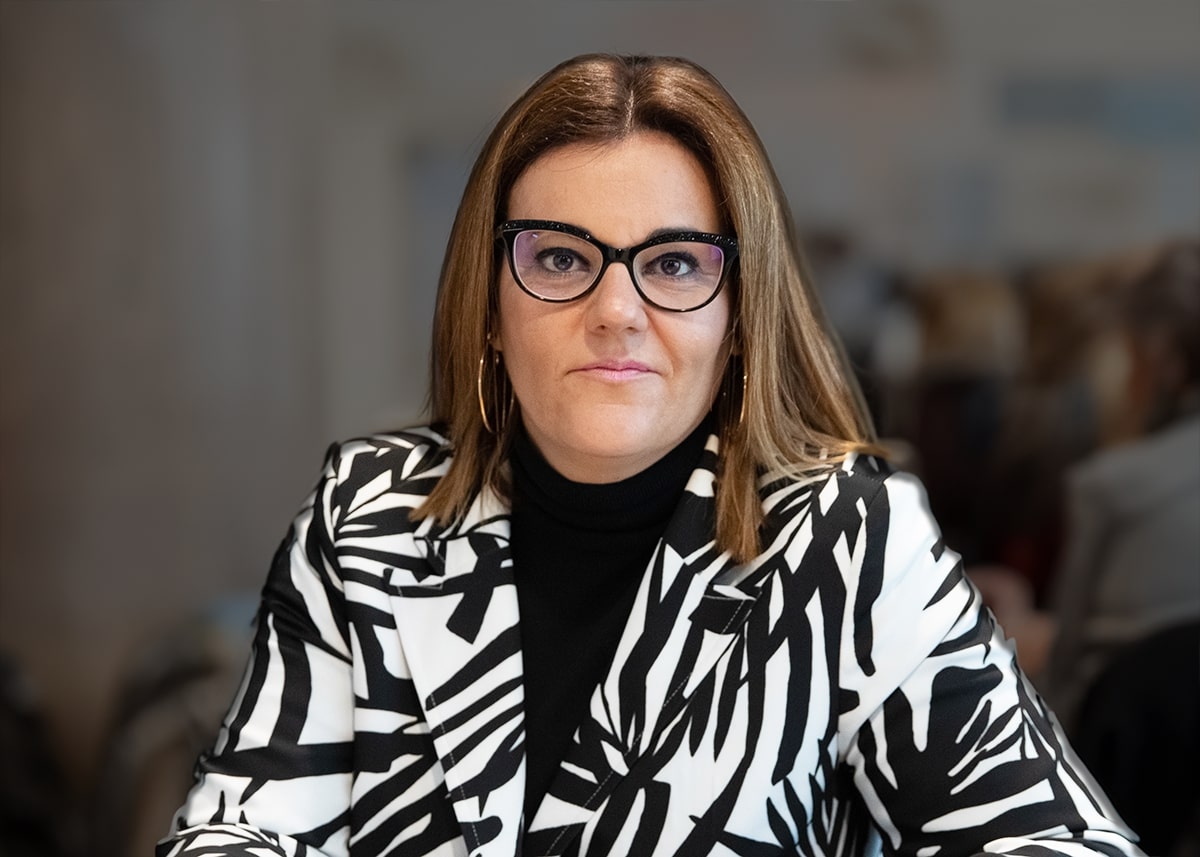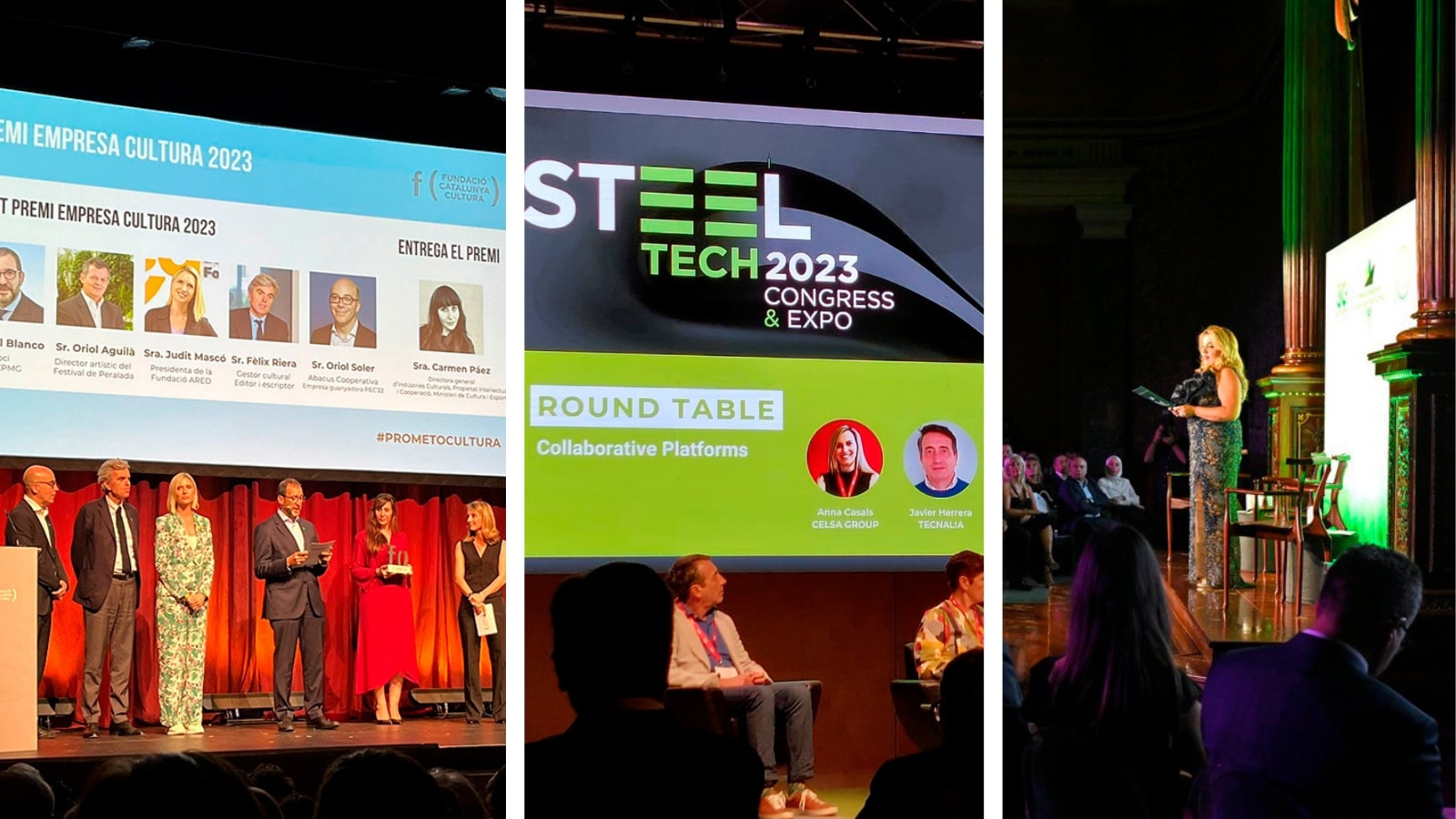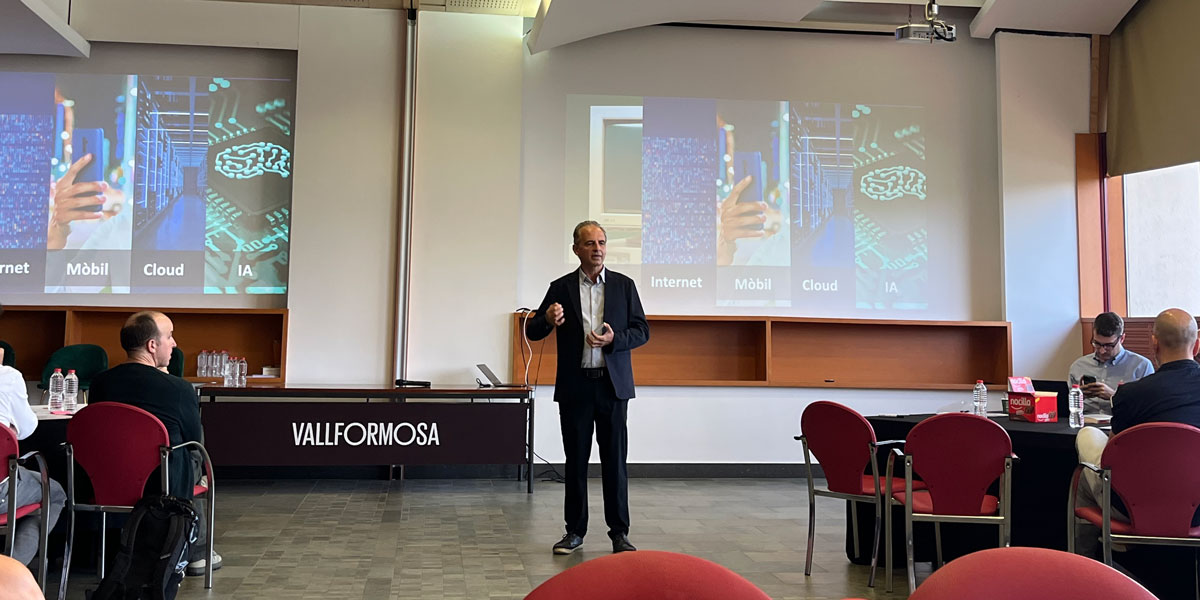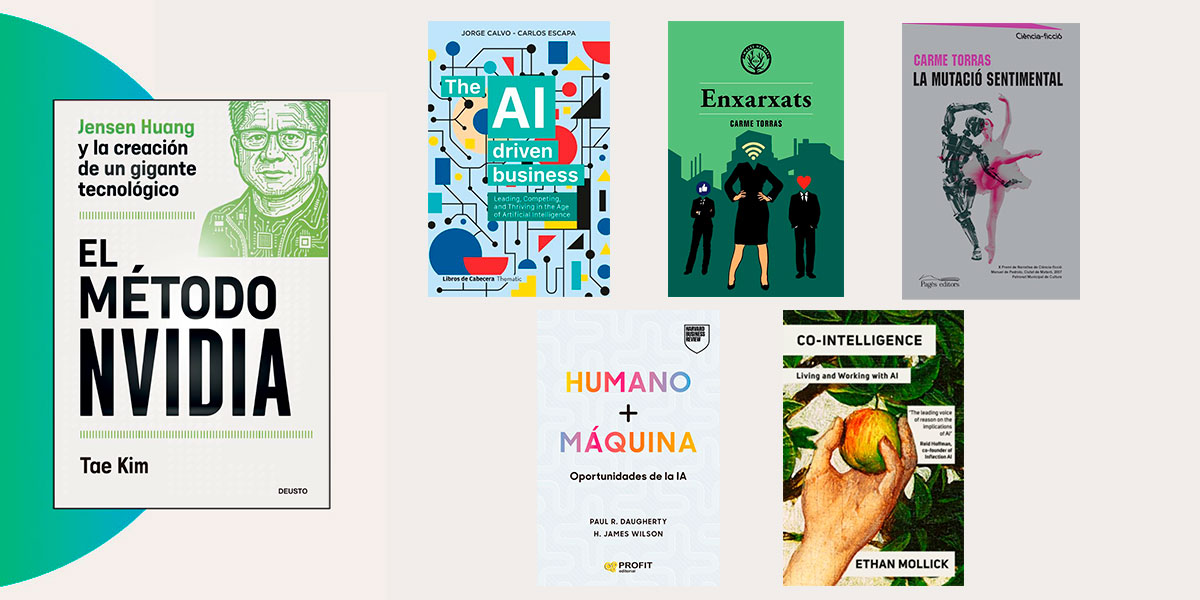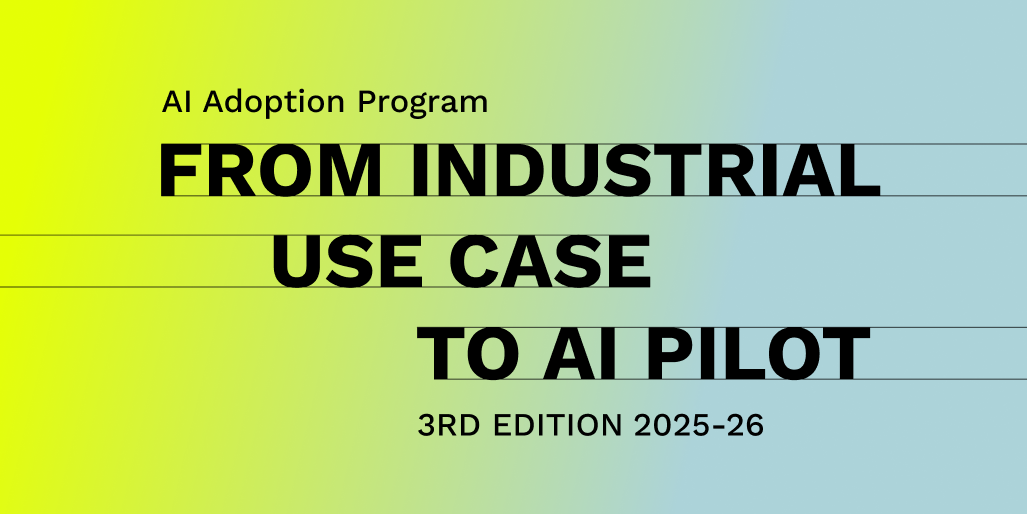Interview with Agata Gelabertó, Head of Innovation and New Business at Idilia
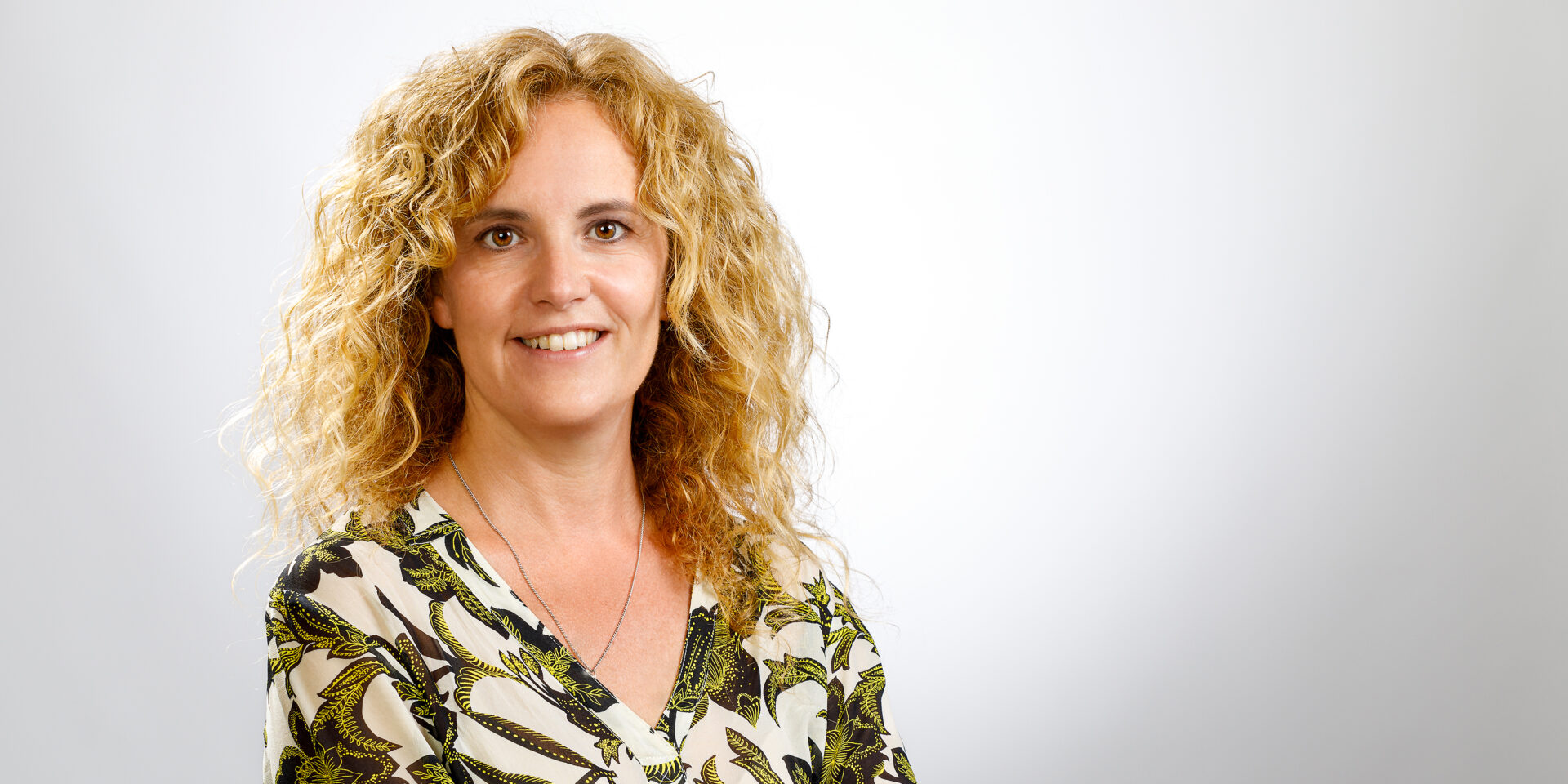
Idilia, a partner of the INDPULS innovation ecosystem and a leading name in the food sector, is a company with a long track record in creating iconic brands such as ColaCao, Nocilla, and Paladín. With a strong commitment to innovation, positive impact, and people, Idilia has successfully adapted to new consumer habits and driven the development of new products and categories within the mass market. Innovation has become a strategic pillar of sustainable growth for the company, through projects that integrate emerging technologies, new business models, and a clear focus on generating value for the end consumer.
We speak with Agata Gelabertó, Head of Innovation and New Business at Idilia, in a new INDPULSTALKS (Interview series with the INDPULS community) about innovation, brand and strategy.
Innovation is a fundamental pillar in Idilia’s strategy. How does this approach translate into your role as Head of Innovation and New Business?
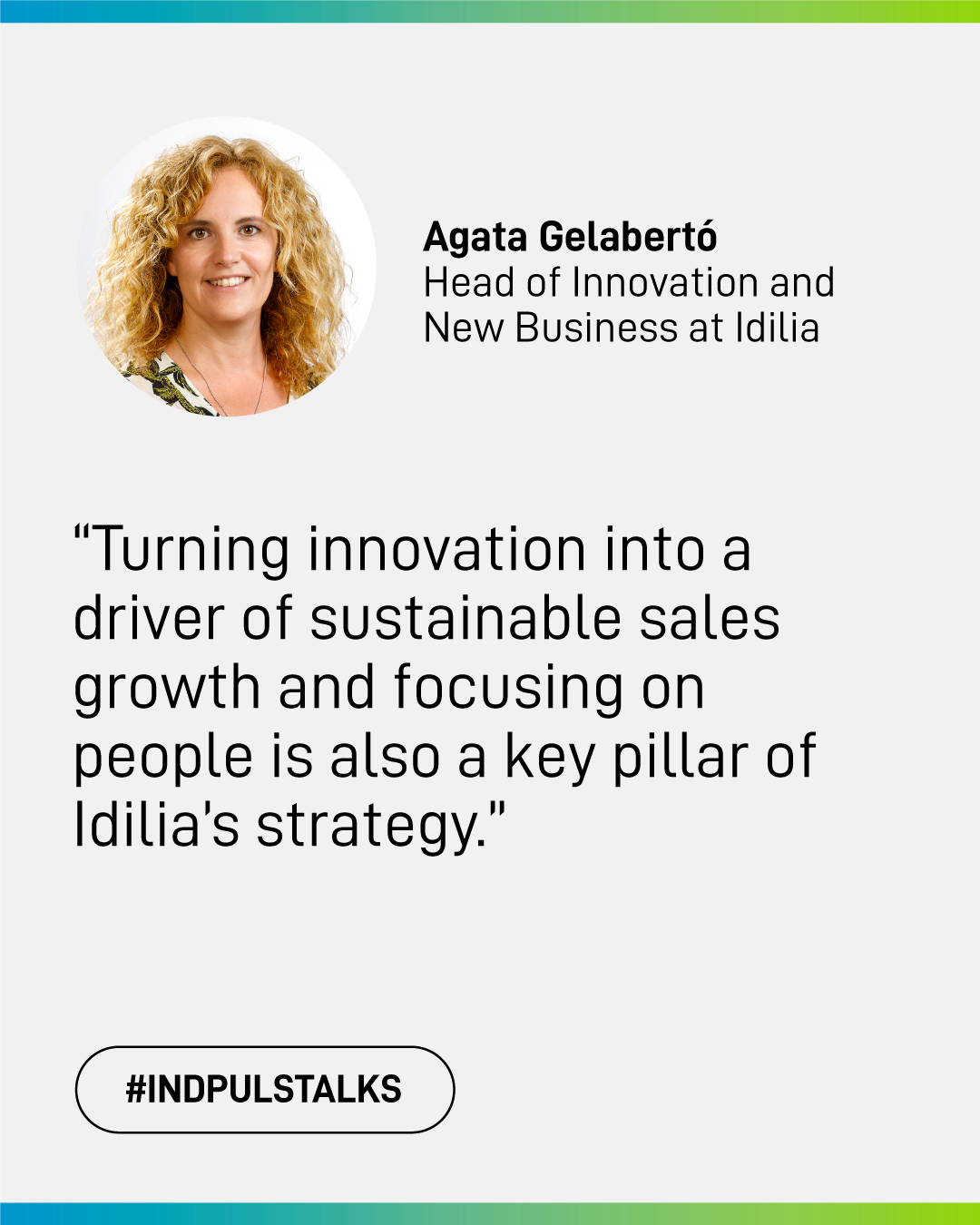
When I took on the role of Head of Innovation and New Business, seven years ago, I had a clear objective: to turn innovation into a driver of sustainable sales growth. We had two highly recognized and deeply loved brands, which was an exceptional opportunity to build innovation on solid foundations and help it grow.
Focusing on people is also a key pillar of Idilia’s strategy—people who, by innovating, grow and evolve at the same pace as the company and its environment. In short, innovation, backed by two strong brands, is a growth engine not only for the company but also for people and society.
Recently, Nocilla made a major step into the snacking world. How do you manage the balance between risk, creativity, and analytical rigor when identifying and developing new innovation opportunities?
Yes, Nocilla Cookies—which were recently recognized with the NIQ Breakthrough Innovation award from NielsenIQ—marked Nocilla’s first move into the cookie category, what we call Brand Stretch. Right after I joined the company, we conducted a strategic analysis that revealed our top innovation priorities, and Brand Stretch was one of the main ones. We knew we had to start with Nocilla because the cream filling served as a natural bridge between categories. What we didn’t know was what the exact product would be. We moved forward with several concepts that didn’t meet expectations until we landed on the idea of cream-filled cookies. As soon as we saw it, we knew it was the product we needed to launch. At the time, it was a relatively undeveloped segment in the market, and Nocilla had a lot to contribute—not to mention the product was incredibly good.
In summary, after the strategic analysis we knew where we wanted to go, even if we didn’t yet know how it would take shape. We iterated on concepts and products until we found a value proposition strong enough to bring to market.
At Idilia, we rely heavily on iteration with consumers and conduct both qualitative and quantitative testing to validate our proposals. But I’ll also say this: there comes a point when intuition plays an important role.
As an innovation specialist, what are the key metrics or indicators you consider essential to validate innovation and achieve the expected sales while also generating value for the end user?
Before starting any project, we assess both the potential we believe it has and the likelihood that potential will be realized, based on a set of criteria. This gives us a first idea of where we’re aiming, what resources are required, and what kind of return we can expect. Based on that, we prioritize or discard the development of a project. During the design phase, we usually conduct qualitative and quantitative tests that allow us to refine the value proposition and revalidate its potential.
Finally, once the innovation is launched, we analyze the sales it generates. On the one hand, we look at long-term impact to assess whether we are building sustainable growth platforms and how they evolve with current and future innovations. On the other hand, we track short-term performance to understand how much volume the “new” innovation will contribute in the coming years.
The food sector is undergoing constant transformation, driven by changing consumer habits, sustainability, and digitalization. What challenges and opportunities do you foresee at Idilia for the coming years?
The food industry is constantly evolving, driven by changes in consumption habits, sustainability demands, and digitalization. At Idilia, we see several challenges and opportunities for the years ahead. One of the main challenges is how to keep growing in a highly mature and competitive market, in a context of an aging population and declining birth rates. Additionally, reduced disposable income and the increasing popularity of private label products are added pressures. The opportunity lies in continuing to expand our brands through relevant and differentiated value propositions.
In the area of innovation and new business, how are you currently integrating artificial intelligence into the product development process at Idilia?
We use AI extensively to accelerate our knowledge and enhance our value propositions, both in concept development and product design. AI provides us with a kind of sparring partner to iterate on ideas and evolve them more quickly. We’re also exploring new AI-powered tools to gather insights on trends and to support testing.
From a more humanistic perspective, how do you think innovation in the food sector can influence quality of life, habits, and our emotional relationship with consumer products?
Innovation is about bringing new value propositions to the market; only then does it make sense for both the company and the consumer. Today, everything is changing very quickly: consumers are highly diverse, and they no longer have just one need—they have many, and they want to satisfy them with a wide range of products. The food industry provides that variety and must constantly evolve to meet emerging consumer demands.
In this context, brands play a key role: they are the ones that build the emotional connection with consumers, generating trust, identification, and loyalty.
This connection is not based solely on product quality but also on values, communication, and the overall brand experience.
What does being part of the INDPULS community mean to you?
For me, being part of the INDPULS community is a true privilege. Sharing the journey with professionals who are equally driven to grow, innovate, and deliver value is a constant source of inspiration. INDPULS is not just a collection of talented individuals—it’s an ecosystem that multiplies opportunities, ideas, and impact.
This interview is part of the INDPULSTALKS series, our space for conversation with the INDPULS community, where we address a variety of topics related to the industrial sector, innovation, sustainability, and management, among other relevant areas.


